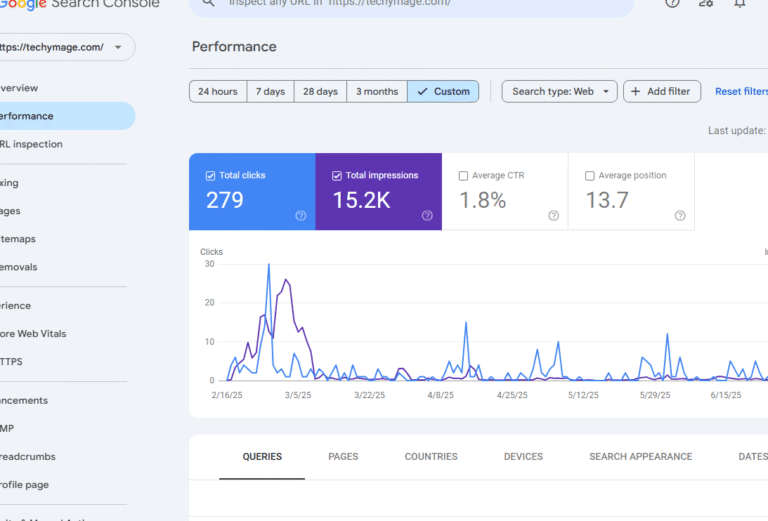
Particularly with respect to the administration of wireless links, wretched is a word frequently seen inside the field of networking and cybersecurity. It might describe a technique where tools depend on a particular protocol to keep connectivity and strengthen security. Though the definition may not quite be common, it encapsulates vital steps people and organizations may use to protect their systems against unauthorized access and breaches.
Further analysis shows that wepbound usually alludes to the Wired Equivalent Privacy (WEP) standard, an early wireless network protection algorithm. Notably in educational and informational settings, the behaviour inspired on wepbound, though WEP has now been obsoleted in favor of stronger protocols like WPA (WiFi Protected Access) and WPA2, remains pertinent.
Read our content Ontpresses.com
The historical significance of WEP
First introduced in the late 1990s, WEP was intended to give wireless networks security roughly equivalent to wired ones. WEP employed a straightforward encryption approach intended to create a secure link and shield against interception of data. Still, over the years, flaws in the system became clear including susceptibility to several attack techniques that made it fairly simple for experienced hackers to breach guarded networks.
The sector came to see the need for more stringent security measures over time, hence WPA and subsequently WPA2 emerged and were installed. Though WEP itself is no longer in use, its heritage endures in techniques meant to establish and sustain safe links.
The Wepbound Maxim
Even in the modern scene, one can see a few principles that drove the early use of wepbound tactics:
1. Verification
The initial defense of creating secure networks is authorization. This is in connection to the methods of ensuring that only genuine users can access the network. Subsequent protocols, built upon the WEP, focused on further authentication and identification features besides passwords only, with protocols that support certification and twofactor authentication systems.
3. Encrypted communication
Wepbound is fundamentally about encryption. The data needs to be secured against interception when transmitted on networks. The shift of WEP to more secure technologies indicates the necessity to apply strong encryption standards which keep sensitive information safe.
3. Monitoring and management
Another crucial feature of Wepbound is constant monitoring of network traffic. By constantly analyzing the patterns of access, device usage, and potential anomalies, organizations can effectively respond to security threats before they grow into significant data breaches.
Advantages of wepbound tactics
The terminologies might vary, but the basic aims remain the same, to ensure reliable connectivity between networks and to enhance security. These are some of the advantages that are associated with recent applications of wepbound ideas:
Improved Protection
The focus of authentication and encryption enables companies to develop excellent structures in their networks that cannot be intruded with illegal access. By promoting the application of the contemporary security measures that vary in the response to the emerging threats, the Wepbound policies thus increase the overall level of security.
Adherence to RuleSet
There are lots of areas that have to comply with the rigorous regulations regarding privacy and data protection. Applying wepbound strategy helps businesses to stay abreast of compliance issues such as GDPR or HIPAA. Adequate security will aid in ensuring there is control of risks and that there is adherence to best practices.
Improved Consumer Interface
In most instances, the adoption of a perfect security need not create horrific user experiences. Present wepbound practices tend to incorporate reasonable strategies that promote interaction and ensure safety. This balance assists enterprises to offer reliable protections alongside impeccable consumer experiences.
Wepbound Issues
Despite the benefit of wepbound techniques, companies might experience numerous challenges as they attempt to erect security systems:
Difficulty of performing
The move to the advanced security is rather costly in respect to cost and time. Companies must install budget and staff to deal with the challenges of installing such systems without causing a disflow in operations.
User’s resistance
Sometimes employees or users are slow to switch to new security procedures. Implementing new security systems will require training and change management, because users may resist new solutions that may drive vulnerability.
constantly changing threat scenario
With fresh vulnerabilities arising frequently, the cybersecurity scene is always changing. For businesses, constant monitoring and adjustment represent a tremendous task. To keep ahead of possible dangers, one needs technology and training.
formulagrossed.com
Conclusion
To conclude, wepbound represents the necessary model of perceiving and practicing secure networking. The particulars of a system such as WEP have since become obsolete, but the principles of authentication, encryption, and close observation are more relevant than ever.
Wepbound methodology can be of value to both organizations and individuals in engaging in networking. Through prioritization of security, compliance, and empowering of better user experiences, stakeholders will be able to establish sound environments to support safe connectivity in a world that keeps leveling up technologically. With the changing nature of the digital environment, it is important to have knowledge of the terminologies such as wepbound so as to provide improved security.





